How "The Mother of Palm Springs" Transformed a Desert Village into a Tourist Mecca
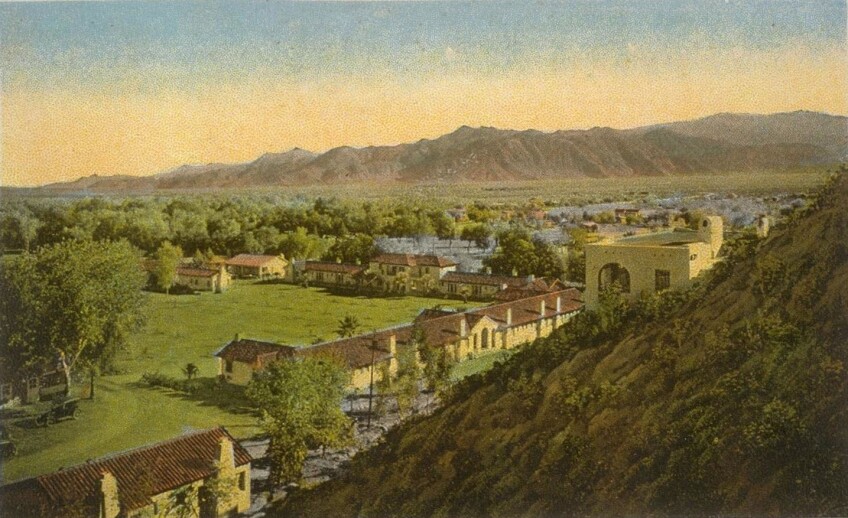
When Nellie Coffman moved to Palm Springs in 1908, she wasn’t planning to create a tourist mecca; she merely hoped the climate of the tiny desert village would ease her persistent cough.
Yet the Desert Inn, the sanatorium she and her physician husband opened the following year for patients with tuberculosis and other respiratory ailments, evolved into a resort that hosted movie stars, power brokers, artists, and society mavens. By the 1920s, wrote her biographer Marjorie Belle Bright, “the social, civic and charitable life of Palm Springs evolved around the Desert Inn – the town literally and figuratively grew up in the shadow of what was Nellie’s Boarding House.” Though the Desert Inn was demolished in 1966, Nellie Coffman had long since earned the title of "the Mother of Palm Springs."

Coffman fell in love with the desert. She not only found health, she found what she called the 4 S’s: space, stillness, solitude, and simplicity.
When Coffman – daughter of a Santa Monica hotelier – arrived in Palm Springs in 1908, “the Village," Bright wrote, had little water, no electricity, no air-conditioning, no gas, no telephone, no radios, no television.” But like Minerva Hamilton Hoyt, Coffman fell in love with the desert. She not only found health, she found what she called the 4 S’s: space, stillness, solitude, and simplicity. In her biography, Bright recounts Coffman's fond memories of her first guests, two reporters from the Los Angeles Times:
They were cold, and hungry, and though it was long past the dinner hour, I cooked and served supper…Remember the way to every man’s heart is through his stomach, and those boys went away the next morning singing the praises of the little Inn they had discovered in the desert…
The personalized hospitality she showed these first guests set the standard of care for all her visitors. World War II reporter Ernie Pyle likened Nellie Coffman to a midwestern grandmother who knew how to cater to guests no matter their social status. “Her walk, her manner of dress, her direct and honest speech, her small-town friendliness—they were as Midwestern as cloven hay,” Pyle wrote. In a recent phone interview, Renee Brown of the Palm Springs Historical Society concurred, “When you stayed at the Desert Inn, you were part of a community.”
Mindful of the growing research about tuberculosis and worried that it could deter tourists, Coffman wanted the Desert Inn to cater only to tourists. Her husband disagreed. In 1914, the two parted ways and Coffman ran the resort with her grown sons. She went on to build the first pool in Palm Springs. When telephone service came to the desert village, the first extension came through the Desert Inn. She brought an E.F. Hutton office in house for guests needing investment services. A Bullock’s branch opened at the Desert Inn.
A number of hotels played important roles in the glamorous past of Palm Springs, but the Desert Inn stood apart. In his book "Frontier of Leisure," Lawrence Culver credited Nellie Coffman as "the individual most responsible for the tourist transformation of Palm Springs." As Brown explained, many future hotel owners stayed at the Desert Inn when they first arrived in the region, including P.T. Stevens of the El Mirador Hotel as well as William and Nella Mead and Samuel Untermyer, proprietors of what is now the Willows Historic Palm Springs Inn. Oilman Thomas A. O’Donnell, who built the O’Donnell Golf Course, stayed at the Desert Inn before leasing land from Coffman for his home, now a historic landmark.

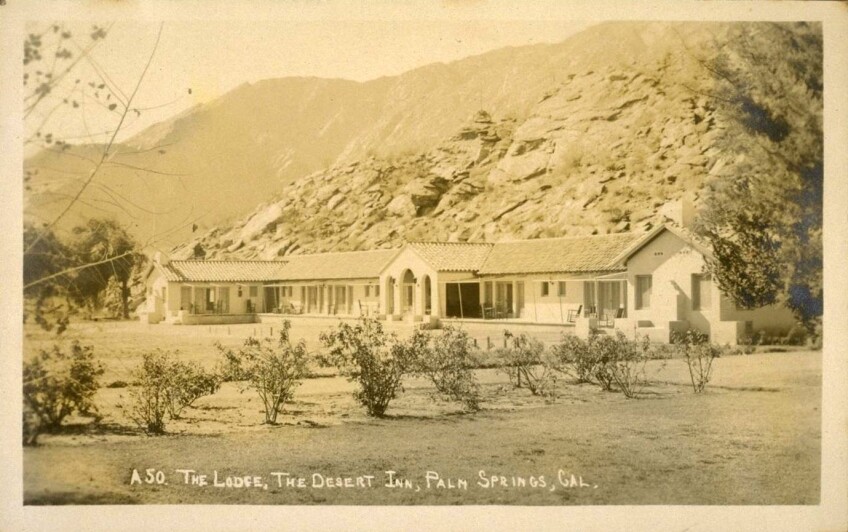
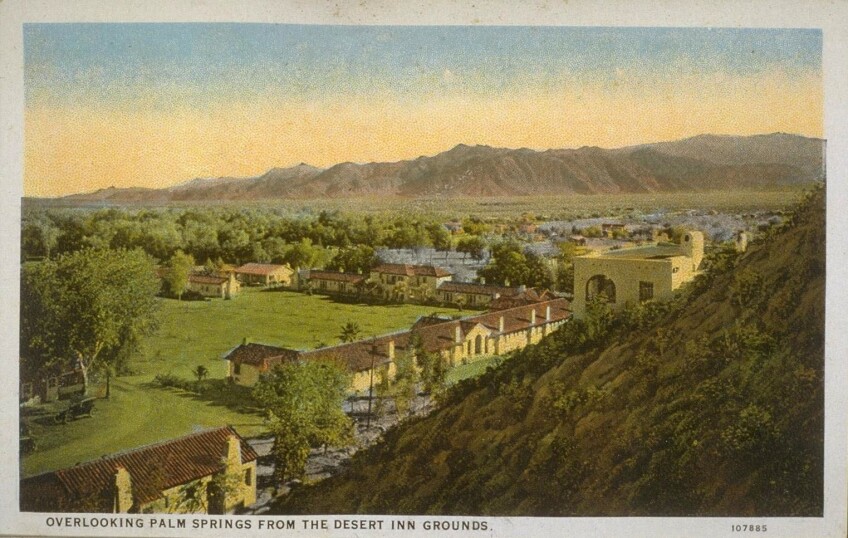
In 1947, the city of Palm Springs threw Coffman an 80th birthday party. Her role within the community extended far beyond the Desert Inn’s walls. She led efforts to bring a natural gas line to the town in 1929 and in 1937 was the first to sign the petition to incorporate Palm Springs as a municipality. And when a new paved highway opened between Palm Springs and Banning – the precursor to today’s Interstate 10 – “the Banning Route Boosters came to The Desert Inn to celebrate the opening of the highway,” the Desert Sun recorded.
Nellie Coffman was entranced by the “space, stillness, solitude and simplicity” she found in the desert and worked hard to ensure her inn reflected these traits. Unfortunately, from her perspective, she couldn’t do the same for the community outside her gates. In wishing Coffman a happy 80th birthday, the 1947 Desert Magazine hinted at this tension in its editorial:
Palm Springs did not turn out to be exactly the type of town [Nellie Coffman] had visualized. She wanted the quiet restful atmosphere she has always maintained in the spacious grounds of the Inn to pervade the community. But the town got out of hand. The sophisticated crowd moved in and brought its carnival along.
Nevertheless, considering that Nellie Coffman supported the popular Desert Circus as a winter tourist attraction, one could argue she played a role in bringing this “carnival” to Palm Springs.
After Coffman’s death in 1950, her sons sold the Desert Inn to Marion Davies, but the resort suffered from her absence. It was demolished in 1966 and replaced with the Desert Fashion Plaza, which was in turn razed in 2012. Construction is currently transforming the site into a 14-acre development that will include three hotels, a park, and an event space. Palm Springs preservationists are asking that, in addition to the now-iconic Marilyn Monroe statue, the space include room to honor this mother of Palm Springs.
While Palm Springs may not have grown in the quiet way that Nellie Coffman had hoped, perhaps the powers-that-be were only answering the prayer-poem she penned long ago:
We oft times pray for the heathen,
Far off in a foreign land;
We also pray for the sinner
Who is always close at hand.
So why can’t we pray for business?
Along with the lame and sick.
Oh, Lord, please send us the tourists,
And send them damn quick.
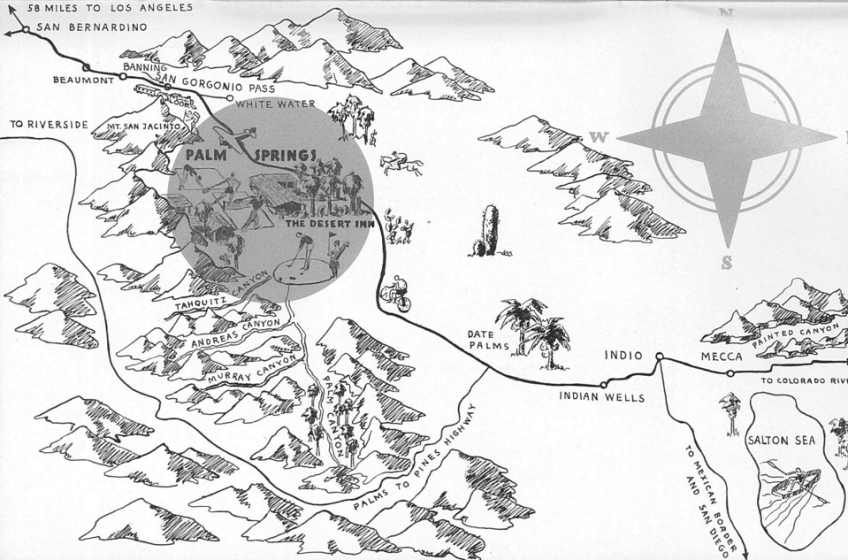
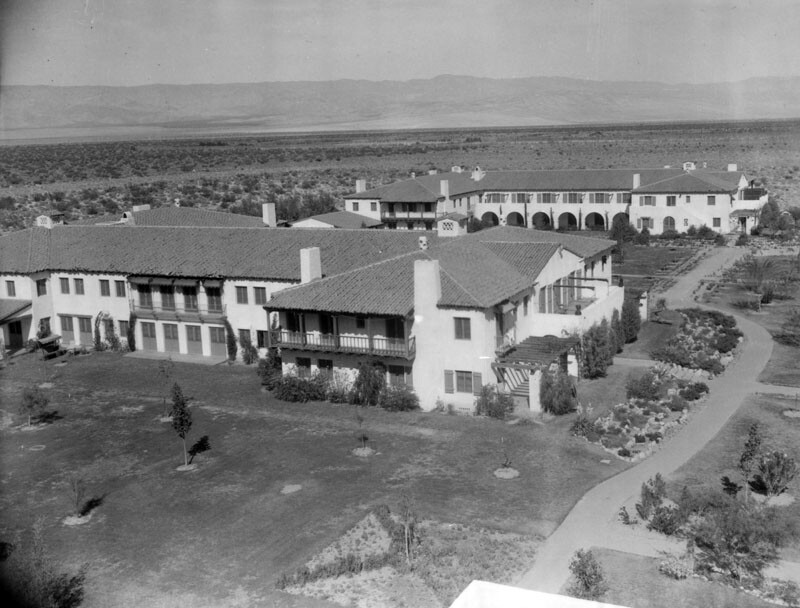
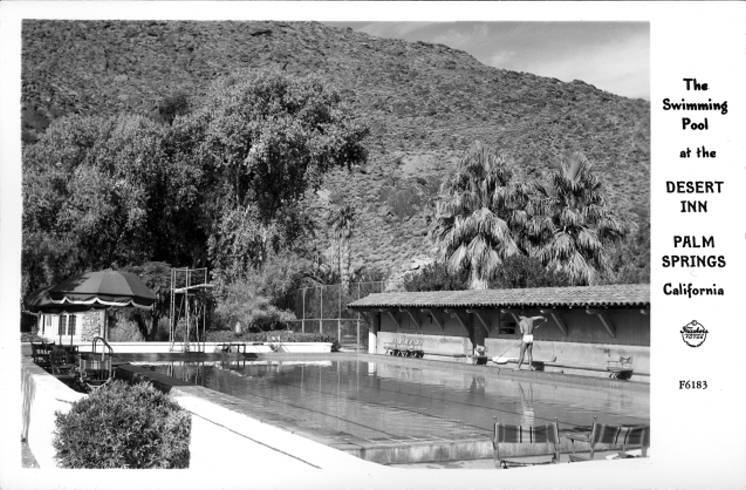
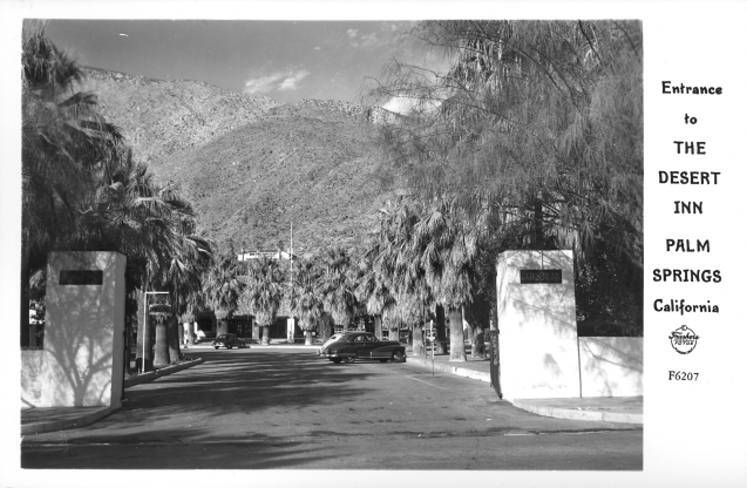
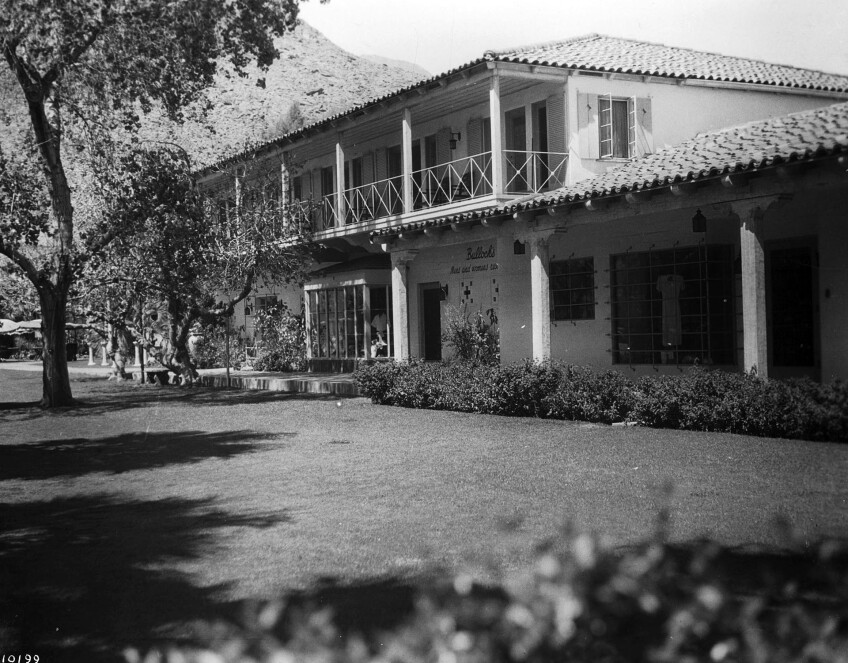


Further Reading
Bright, Marjorie Belle. Nellie's Boardinghouse: A Dual Biography of Nellie Coffman and Palm Springs. Palm Springs, CA: ETC Publications, 1981.
Brown, Renee. “Nellie Coffman's hospitality helped Palm Springs grow,” The Desert Sun, March 2015. http://www.desertsun.com/story/news/2015/03/28/palm-springs-nellie-coffman-history/70563318/
Culver, Lawrence, The Frontier of Leisure: Southern California and the Shaping of Modern America. New York: Oxford University Press, 2010.
The Desert Magazine, December 1947. https://archive.org/stream/Desert-Magazine-1947-12#page/n45/mode/2up
The Desert Sun, “City Honors Mrs. Coffman at Picnic Tomorrow,” October 31, 1947. http://cdnc.ucr.edu/cgi-bin/cdnc?a=d&d=DS19471031.2.8&e=-------en--20--1--txt-txIN--------1


